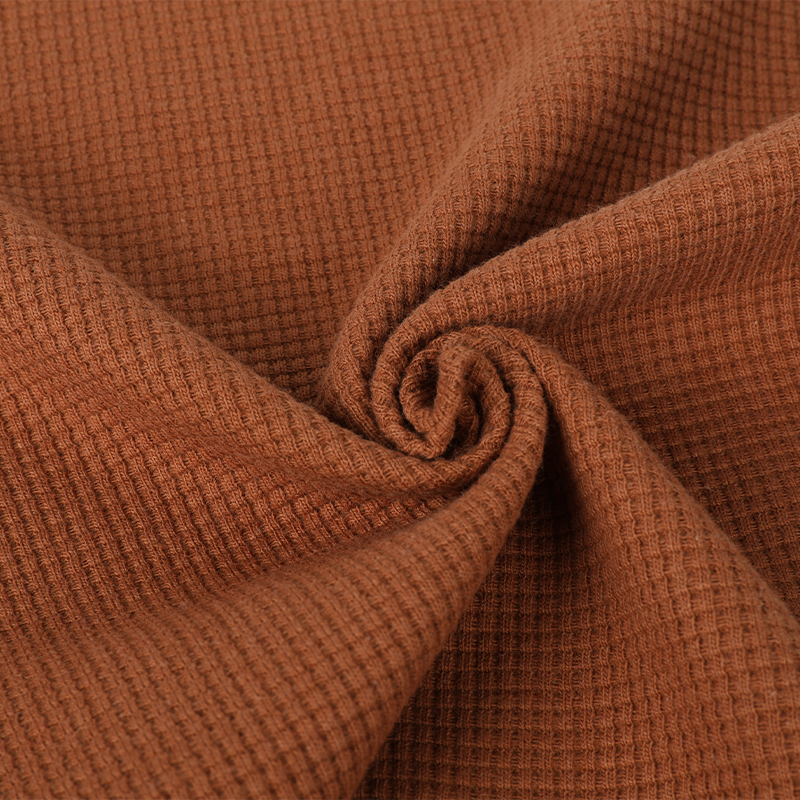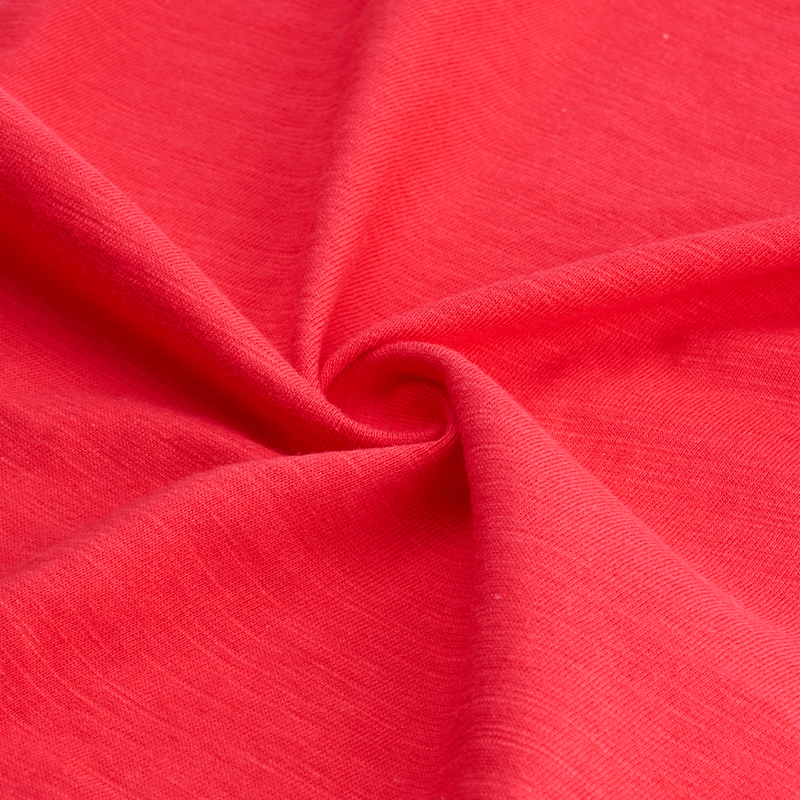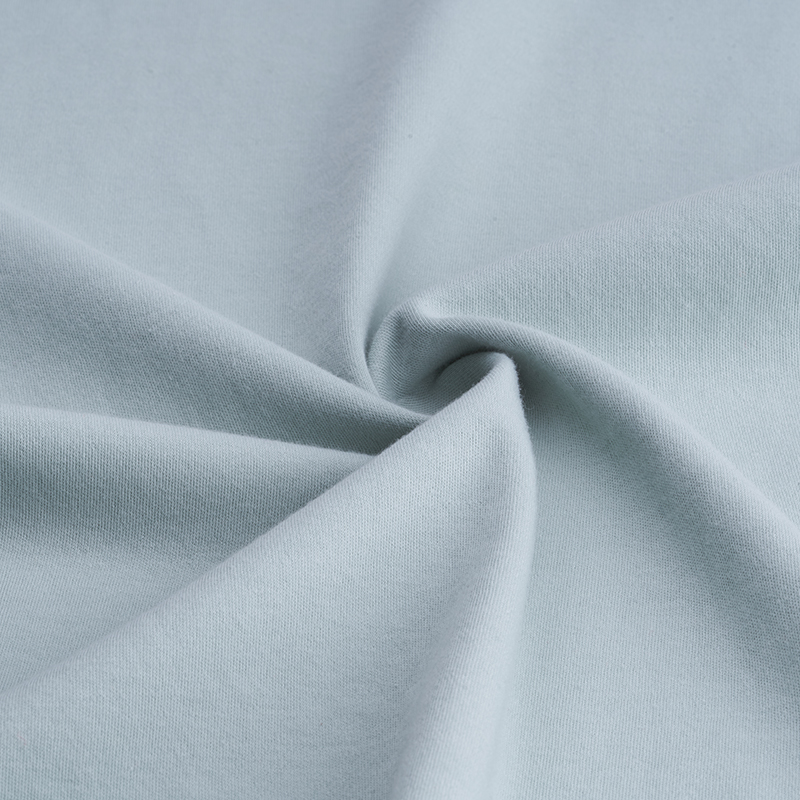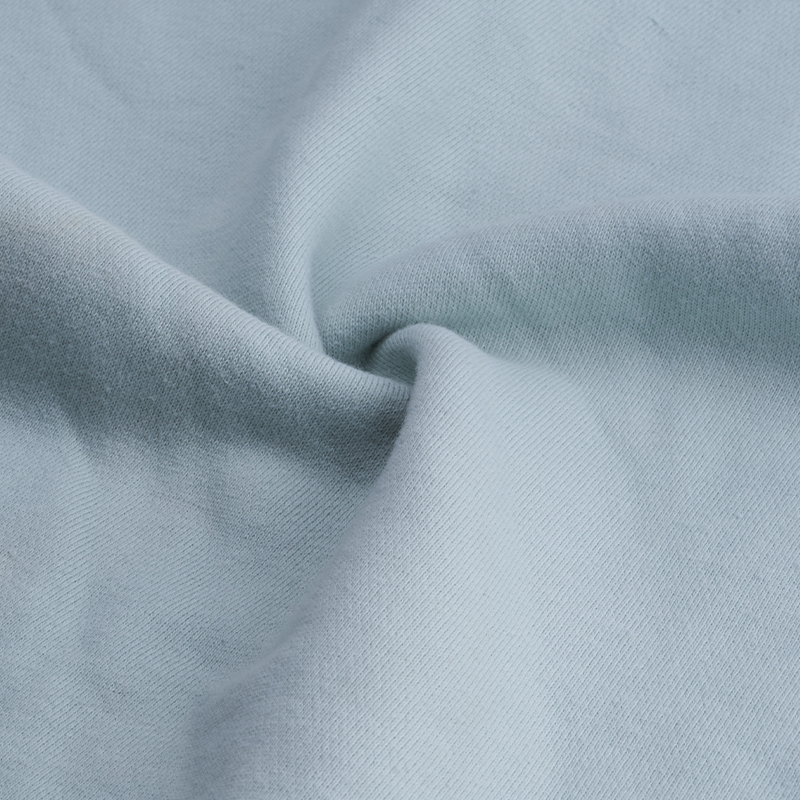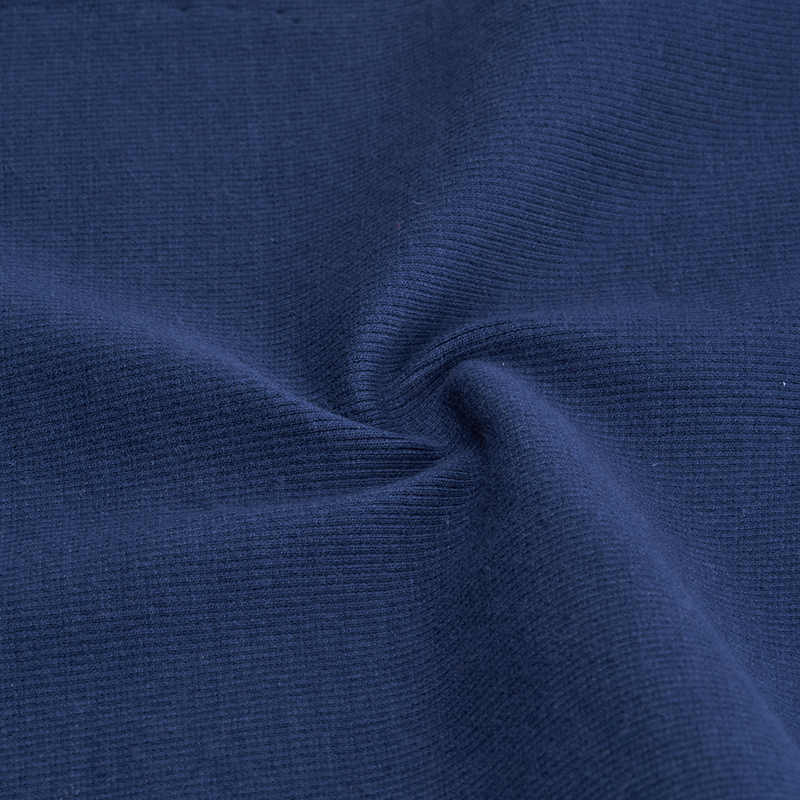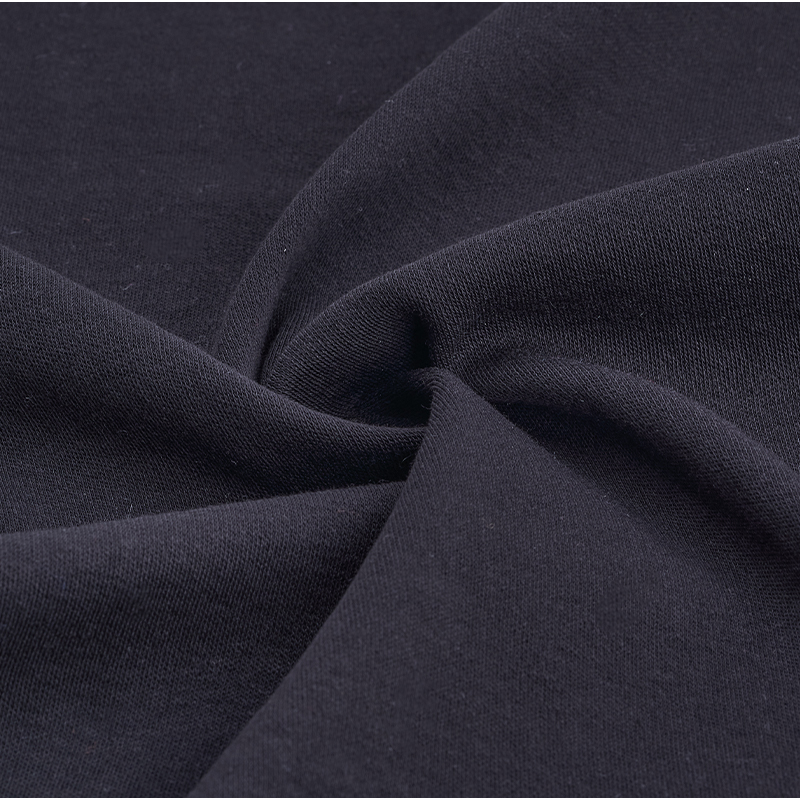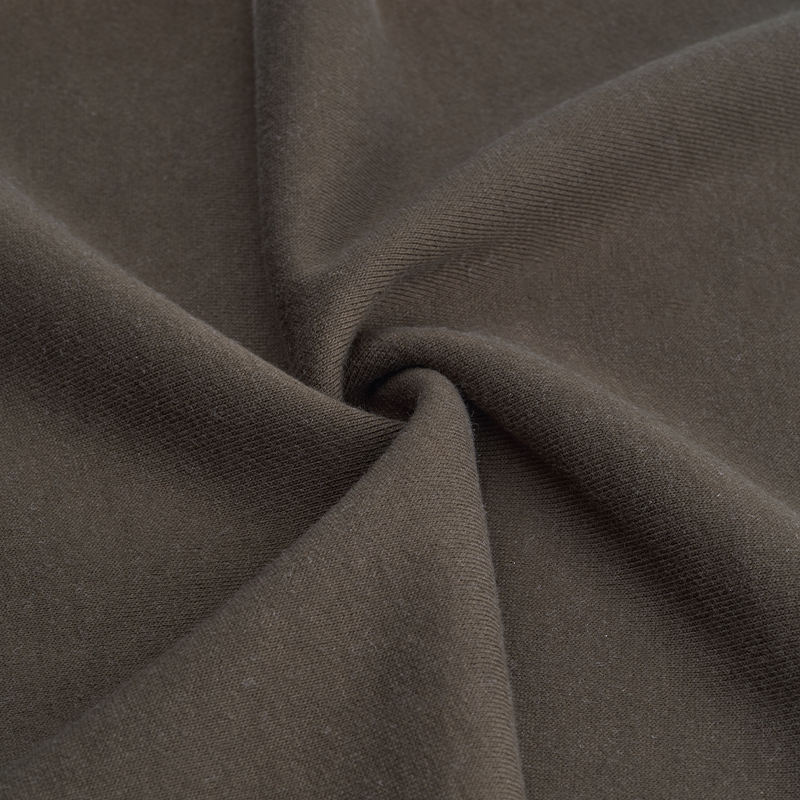The distinctive honeycomb texture and soft hand feel of Hacci fabric have made it popular in loungewear and lightweight sweaters. But a growing question arises: does its comfort translate to performance, specifically for tight-fitting garments like leggings, bodysuits, or activewear such as yoga pants?
Material Composition and Core Properties:
Hacci is fundamentally a knit fabric, characterized by its unique, slightly open honeycomb weave structure. Typically made from cotton, cotton blends (often with polyester, rayon, or spandex), or occasionally wool blends, its appeal lies in:
- Breathability: The open honeycomb structure promotes airflow, making it feel light and airy against the skin.
- Softness: It has a famously plush, comfortable feel.
- Moderate Stretch: While inherently flexible due to its knit nature, its stretch level depends heavily on fiber content. Pure cotton Hacci offers less recovery than blends incorporating spandex (elastane).
- Lightweight Drape: It tends to drape softly rather than hold a rigid shape.
Evaluating Fitness for Tight-Fit and Yoga Applications:
-
Stretch and Recovery (Critical for Fit and Function):
- The Challenge: Tight-fit clothing, especially activewear like yoga pants, demands significant multidirectional stretch to allow unrestricted movement. Equally crucial is recovery – the fabric's ability to snap back to its original shape after stretching. Poor recovery leads to bagging, sagging, and loss of support during activity.
- Hacci's Reality: Pure cotton Hacci generally offers limited inherent stretch and poor recovery. Blends incorporating at least 5-10% spandex significantly improve both stretch and recovery. However, even blended Hacci typically provides moderate stretch and recovery compared to specialized performance knits like nylon/spandex or polyester/spandex power meshes or high-gauge jerseys designed explicitly for compression and high-motion activities.
- Assessment: Hacci can work for looser-fitting tight styles or very light activity if it contains sufficient spandex. However, for garments requiring high compressive support, significant muscle containment, or intense stretch (e.g., advanced yoga poses, running tights), its recovery often falls short.
-
Moisture Management (Key for Comfort and Hygiene):
- The Challenge: During physical activity like yoga, sweat management is vital. Fabrics need to wick moisture away from the skin to the surface for evaporation, keeping the wearer dry and comfortable. Absorbent fabrics that hold moisture can feel clammy, heavy, and cold.
- Hacci's Reality: Cotton, a common component, is highly absorbent but slow to dry. While the honeycomb structure enhances airflow and breathability, it doesn't inherently make cotton wick effectively. Blends with synthetic fibers like polyester can improve wicking and drying times somewhat, but Hacci is generally not engineered as a high-performance moisture-wicking fabric.
- Assessment: For low-sweat activities or cooler environments, Hacci's breathability is a plus. However, for hot yoga or vigorous exercise where significant sweating occurs, its absorbency becomes a drawback compared to purpose-built moisture-wicking synthetics.
-
Durability and Pilling (Longevity Concerns):
- The Challenge: Tight-fit garments, especially those worn during activity involving friction (e.g., against yoga mats), need to resist abrasion and pilling (the formation of small fabric balls on the surface) to maintain appearance and function over time. Seams must withstand repeated stress.
- Hacci's Reality: The slightly textured, lofty surface of Hacci knit makes it somewhat susceptible to abrasion and pilling, particularly in areas of high friction (inner thighs, seat). Pure cotton versions are more prone than blends. Durability is generally lower than denser, smoother performance knits.
- Assessment: Hacci garments used for frequent activewear may show signs of wear, particularly pilling, more quickly than dedicated technical fabrics. Construction quality (flatlock seams, reinforced panels) becomes especially important.
-
Comfort and Feel (A Strong Point):
- The Advantage: Hacci excels in softness and skin comfort. Its breathability prevents overheating in moderate conditions. This makes it pleasant for low-impact yoga or loungewear-oriented tight fits.
- Assessment: Where high performance isn't the primary driver, Hacci's inherent comfort and appealing texture are significant benefits.
Conclusion: A Qualified "Yes" for Specific Uses
Hacci fabric presents a nuanced case for tight-fit clothing and yoga wear:
-
Best Suited For:
- Lounge-leisure focused tight fits: Joggers, relaxed leggings, bodysuits intended primarily for comfort and casual wear.
- Very low-impact yoga or Pilates: Where minimal sweating occurs and stretch demands are moderate.
- Garments with significant spandex content (ideally 5-10%+): Essential for achieving acceptable stretch and recovery for close-fitting silhouettes.
- Cooler climates or studio environments.
-
Less Ideal For:
- High-intensity workouts (running, HIIT, hot yoga): Due to potentially inadequate moisture wicking and recovery.
- Garments requiring strong compression or muscle support.
- Situations demanding maximum durability and pilling resistance.
- Pure cotton Hacci for any active tight-fit application.
Hacci fabric can successfully create comfortable, aesthetically pleasing tight-fit clothing and yoga wear, particularly for styles prioritizing softness and breathability over high-performance athletic features. However, its viability hinges critically on the specific fiber blend (spandex is essential) and the intended activity level. For demanding performance, specialized technical fabrics remain superior. For relaxed, comfort-first activewear and loungewear, Hacci offers a uniquely soft and breathable option. Careful consideration of the garment's purpose and the specific Hacci blend used is paramount.

 English
English
